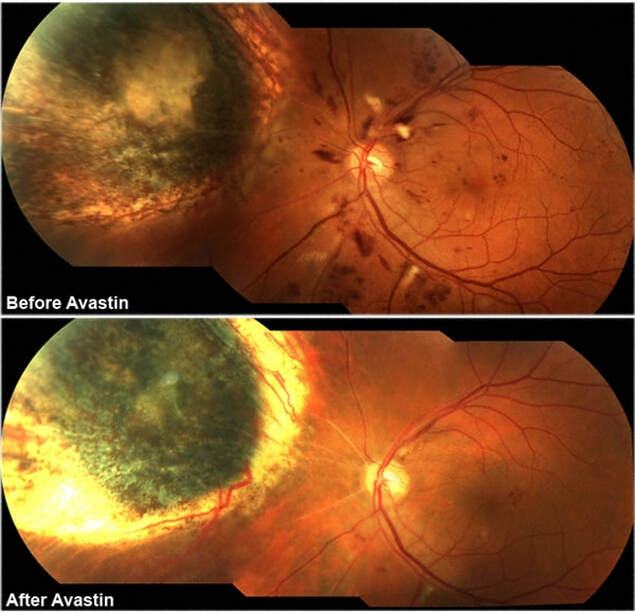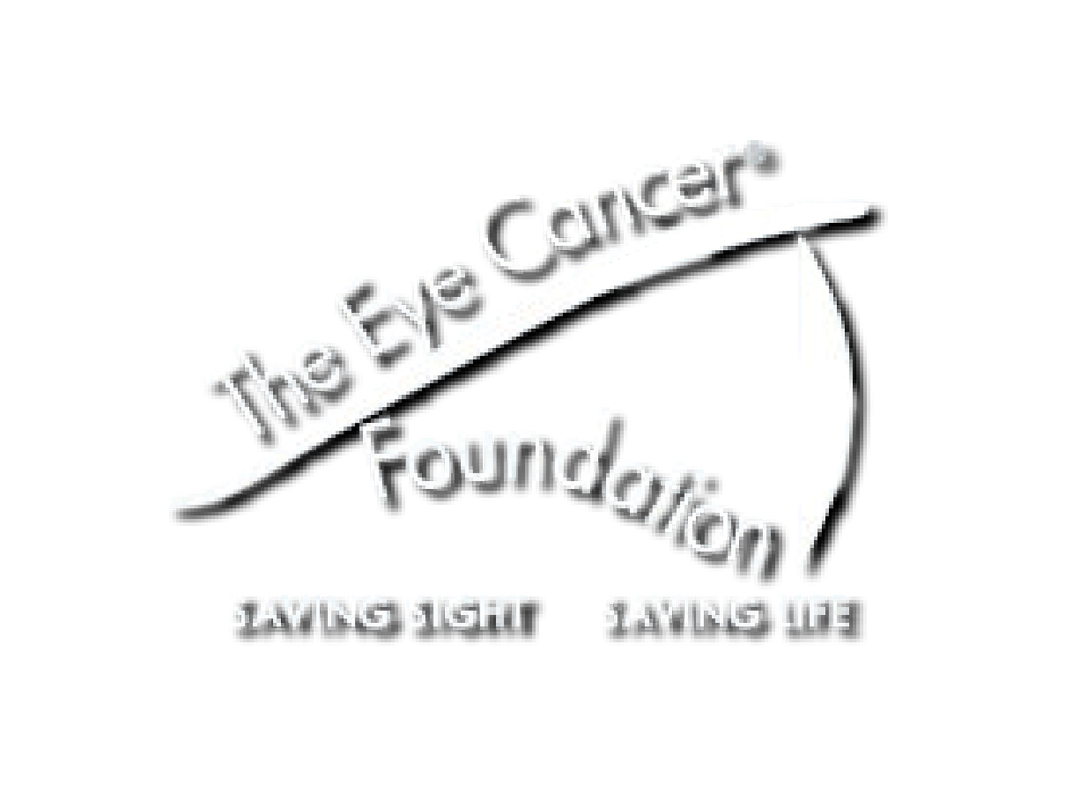Anti-VEGF Therapy Used to Suppress Radiation Retinopathy and Optic Neuropathy
Radiation retinopathy was found to cause loss or distortion of vision in 6 patients who had received plaque radiation therapy for choroidal melanoma. Examinations revealed, radiation retinopathy (retinal edema, hemorrhages, microangiopathy, and neovascularization).
Treatment involved injections of intravitreal bevacizumab (1.25 mg in 0.05 mL) was every 6-8 weeks. Ophthalmic evaluations included visual acuity, fundus photography, fluorescein angiography, and optical coherence tomography/scanning laser ophthalmoscopy (OCT/SLO) imaging.
Treatment resulted in progressive reductions in retinal hemorrhages, exudates, cotton-wool spots, and microangiopathy after one or two injections. These changes were documented by photography, angiography, and OCT/SLO imaging.
Decreased macular retinal edema was the most common finding.Improvement or stabilization of visual acuity was noted in all cases. There were no Avastin-related ocular or systemic adverse effects.
Each patient was informed of the risks of intraocular injection and the investigational nature of this study.
Intravitreal bevacizumab was tolerated, improved or maintained vision, and reduced hemorrhage and retinal edema (angiographic leakage). The authors called for more studies of anti-VEGF therapy for radiation retinopathy and optic neuropathy.
For more information read:
1) Archives of Ophthalmology 2007;125:751-756
2) Am J Ophthalmol 2007 Feb;143(2):335-338., Epub 2006 Oct 23
3) International Journal of Radiation Oncology Biology Physics 2008;70(4):974-7.
Related Links
-About Anti-VEGF Treatment for Radiation Optic Neuropathy
-About Anti-VEGF Treatment for Radiation Retinopathy
-Pu-bMed Link
-News-Medical.Net: "Avastin helps those with radiation retinopathy"
-United Press International: "Avastin Helps Untreatable Eye Disease."
Receive the latest news and opportunities from The Eye Cancer Foundation. Please fill out the form below.
Treatment involved injections of intravitreal bevacizumab (1.25 mg in 0.05 mL) was every 6-8 weeks. Ophthalmic evaluations included visual acuity, fundus photography, fluorescein angiography, and optical coherence tomography/scanning laser ophthalmoscopy (OCT/SLO) imaging.
Treatment resulted in progressive reductions in retinal hemorrhages, exudates, cotton-wool spots, and microangiopathy after one or two injections. These changes were documented by photography, angiography, and OCT/SLO imaging.
Decreased macular retinal edema was the most common finding.Improvement or stabilization of visual acuity was noted in all cases. There were no Avastin-related ocular or systemic adverse effects.
Each patient was informed of the risks of intraocular injection and the investigational nature of this study.
Intravitreal bevacizumab was tolerated, improved or maintained vision, and reduced hemorrhage and retinal edema (angiographic leakage). The authors called for more studies of anti-VEGF therapy for radiation retinopathy and optic neuropathy.
For more information read:
1) Archives of Ophthalmology 2007;125:751-756
2) Am J Ophthalmol 2007 Feb;143(2):335-338., Epub 2006 Oct 23
3) International Journal of Radiation Oncology Biology Physics 2008;70(4):974-7.
Related Links
-About Anti-VEGF Treatment for Radiation Optic Neuropathy
-About Anti-VEGF Treatment for Radiation Retinopathy
-Pu-bMed Link
-News-Medical.Net: "Avastin helps those with radiation retinopathy"
-United Press International: "Avastin Helps Untreatable Eye Disease."
Receive the latest news and opportunities from The Eye Cancer Foundation. Please fill out the form below.



